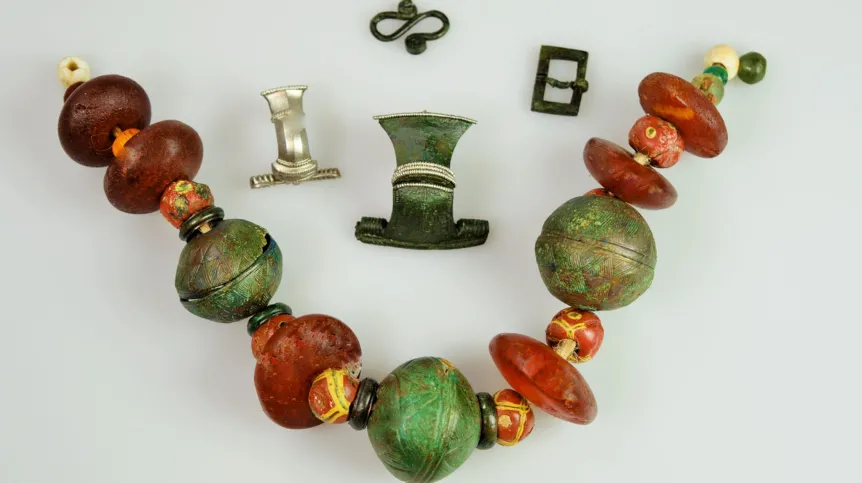
Products made of precious metals and alloys made 2,000 years ago in the lands of today's Poland by the Goths (who came to Pomerania Scandinavia) were of great quality and did not differ from similar products from the Roman Empire, says a leading archaeologist.
Dr. Magdalena Natuniewicz-Sekuła from Warsaw’s Institute of Archaeology and Ethnology at the Polish Academy of Sciences analysed ornaments and jewellery found in a 1st-4th century cemetery in the village of Weklice near Elbląg.
Associated with Goths and Gepids, archaeologists discovered approx. 600 different types of burials and found over 3,500 objects made of metals, amber, glass, clay and organic materials. The majority of the finds are metal objects.
Natuniewicz-Sekuła said: “It turned out that the silver ornaments - clasps, bracelets and parts of the outfit - were made of a very high-quality metal, the fineness of which even exceeded the composition of currently produced jewellery. They are very pure and very valuable alloys.”
In terms of silver content, she found that whereas today silver ornaments contain around 92.5 percent pure silver, in the case of most of the artefacts examined the fineness was much higher, reaching as much as 970-990. 'They are very pure and very valuable alloys."
Ornaments made of gold were of equally high quality.
The ornaments were made with very refined methods including granulation, filigree and fire gilding.
Natuniewicz-Sekuła said: “Taking into account the quality of the alloy and the used methods, it should be emphasized that currently jewellery is not made in this way, because it would simply be too expensive and therefore unavailable for buyers."
She added that these methods were similar in quality to products made within the borders of the Roman Empire.
She said: “So we have more proof that calling the peoples living outside the Empire +barbaric+ or less advanced is not justified.”
The ore from which the ornaments were smelt could have come from melted down Roman dishes or coins, but in the case of coins it is known that the silver contained in them was often of a lower fineness, in the 800-850 range, and the fineness of decorations made locally was much higher.
Another possibility is that bullion bars were imported from the Roman Empire despite the prohibition in force.
Natuniewicz-Sekuła said: “Whether that was the case, we do not know. So far, we have not managed to identify a well-preserved Goth goldsmith's workshop with a full set of tools in Poland.”
Earlier this month, Dr. Natuniewicz-Sekuła published a book on the subject called Goldsmithing of the Wielbark Culture community with particular emphasis on selected relics from the cemetery in Weklice (Złotnictwo społeczności kultury wielbarskiej ze szczególnym uwzględnieniem wybranych zabytków z cmentarzyska w Weklicach).
(PAP)
author: Szymon Zdziebłowski
szz/ zan/ kap/
tr. RL
Gallery (4 images)
-
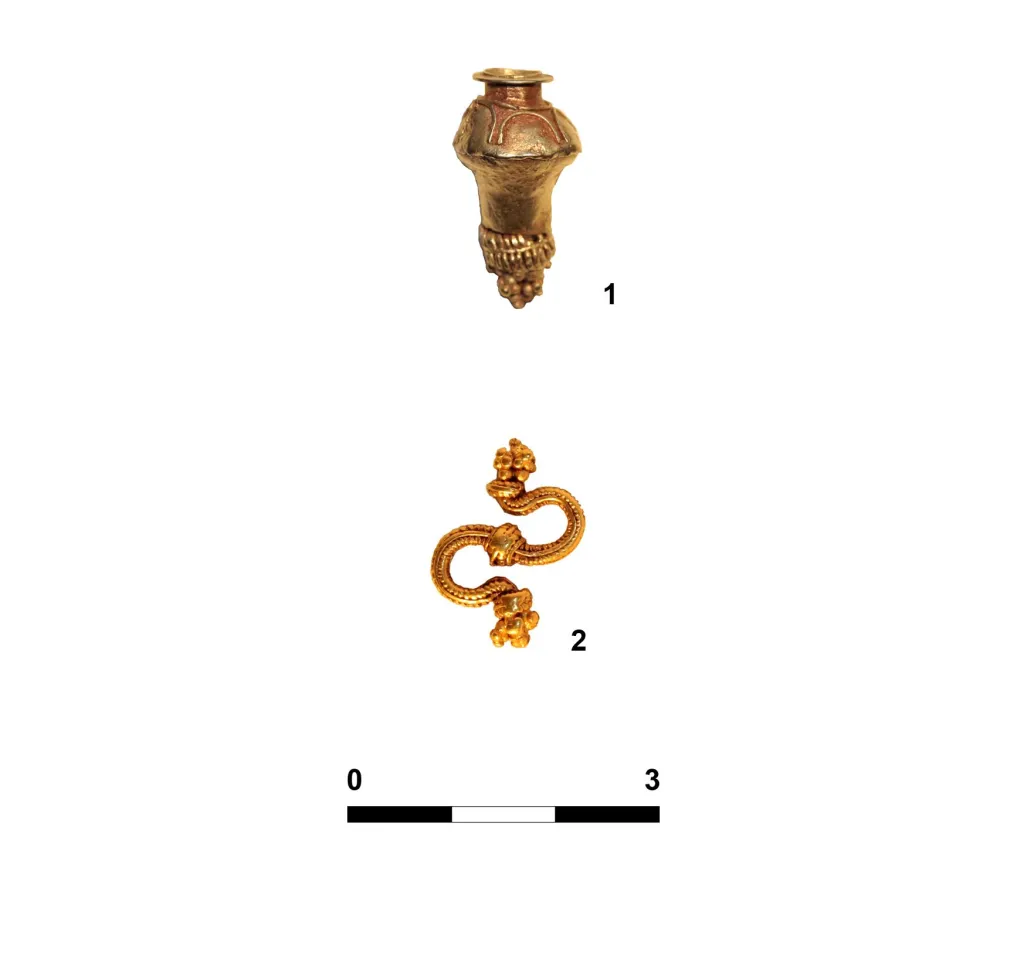 1/4Photo: M. Natuniewicz
1/4Photo: M. Natuniewicz -
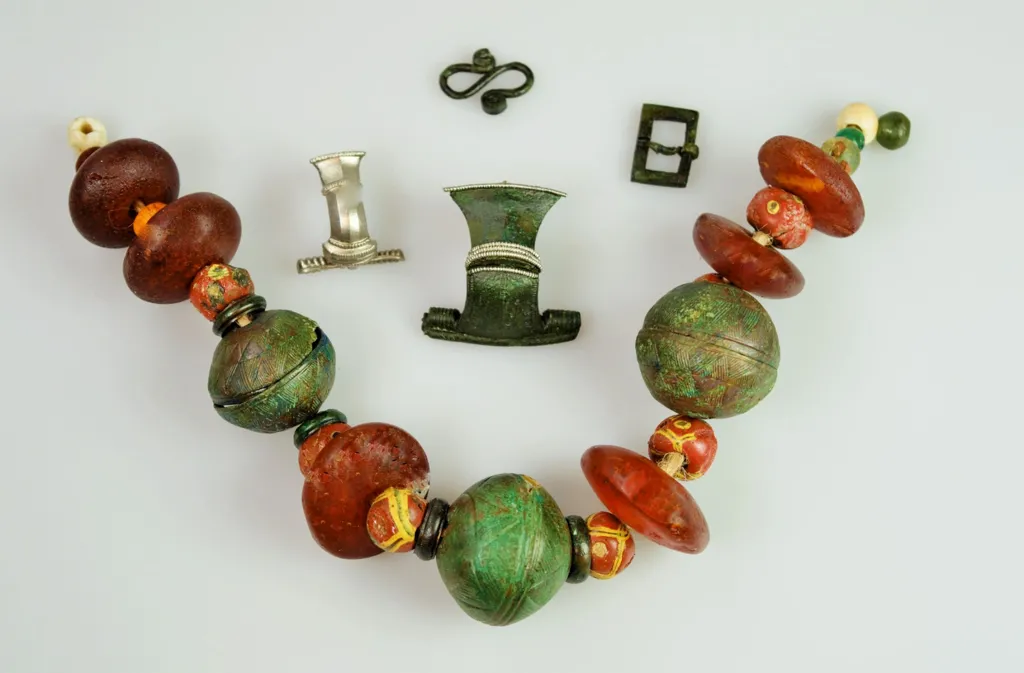 2/4Photo: D. Nachyła
2/4Photo: D. Nachyła -
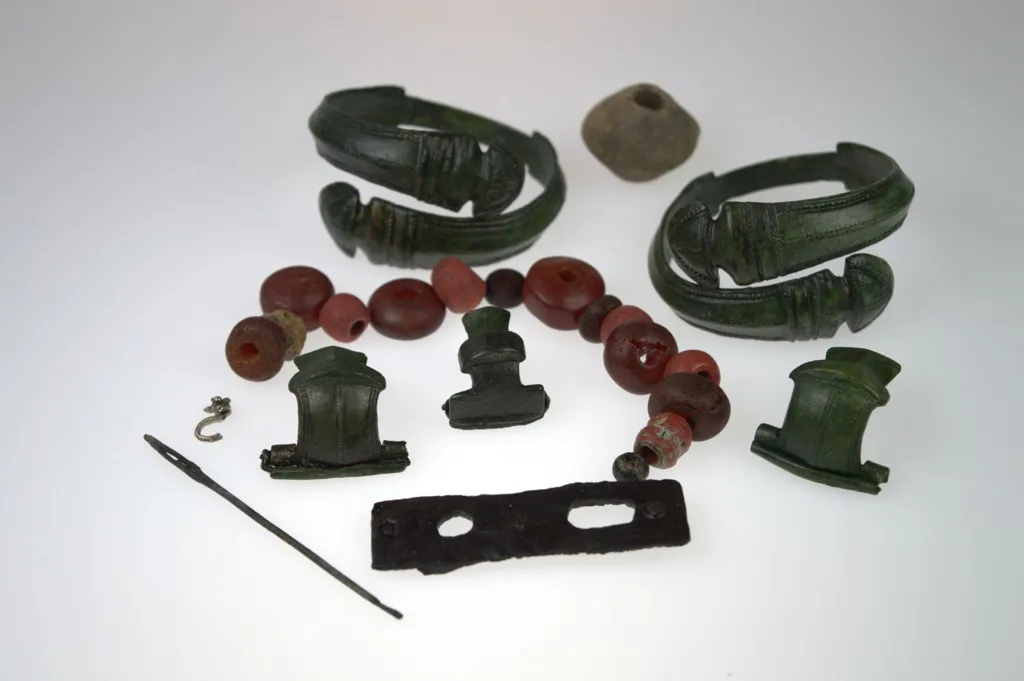 3/4Photo: D. Nachyła
3/4Photo: D. Nachyła -
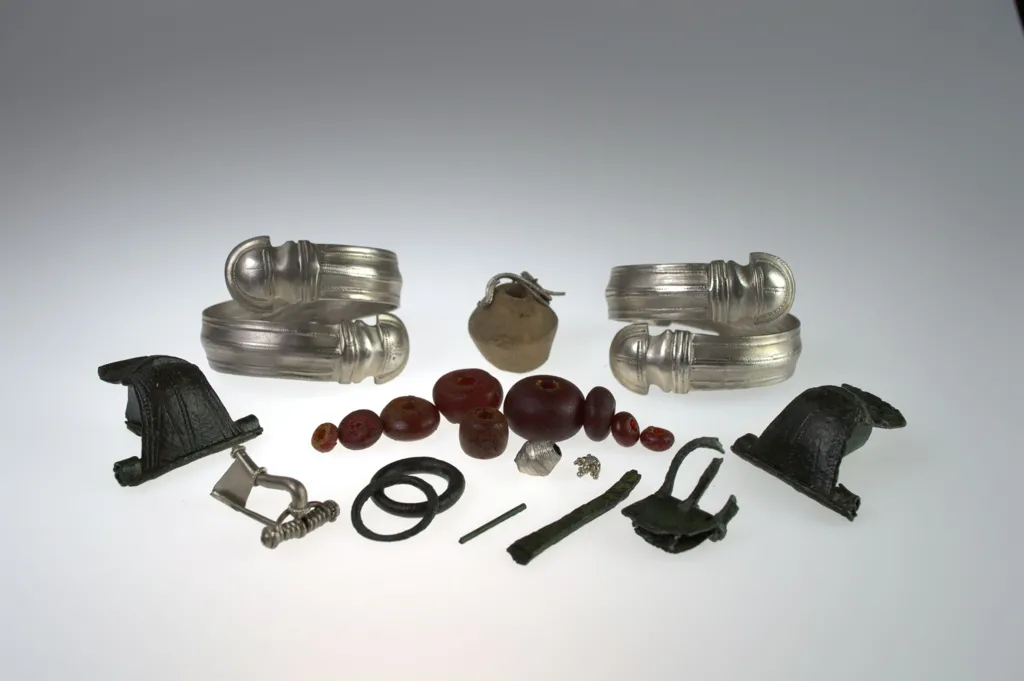 4/4Photo: D. Nachyła
4/4Photo: D. Nachyła













